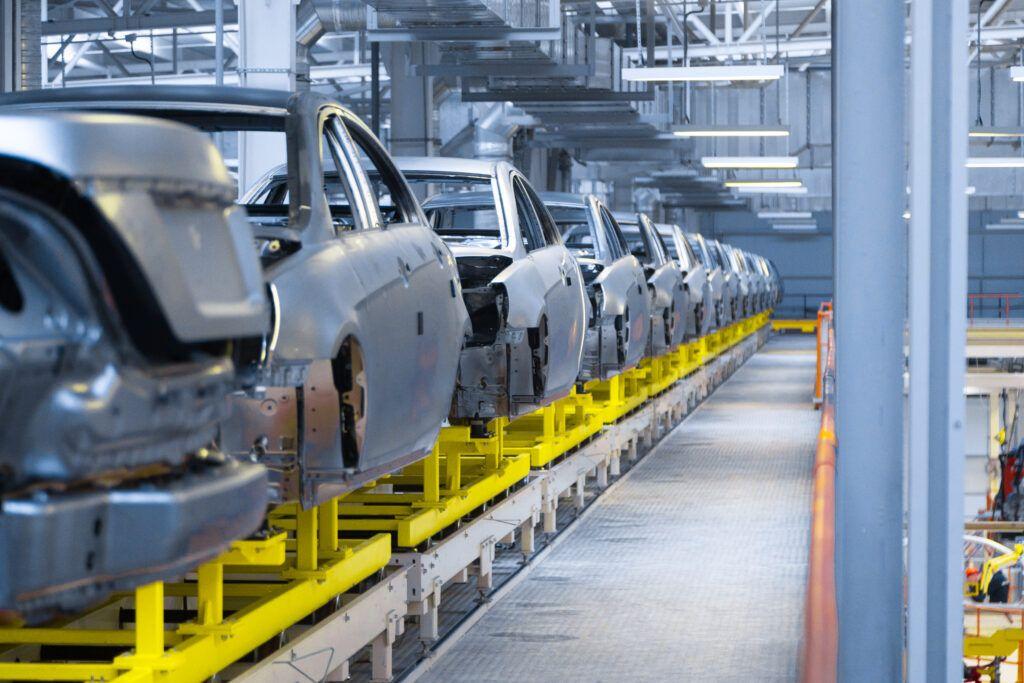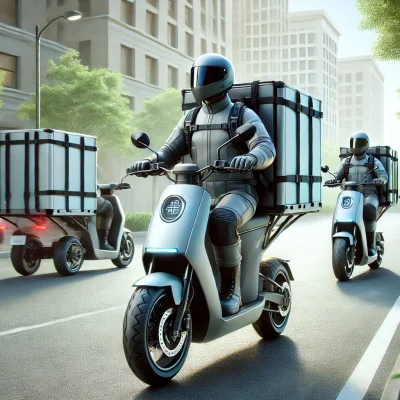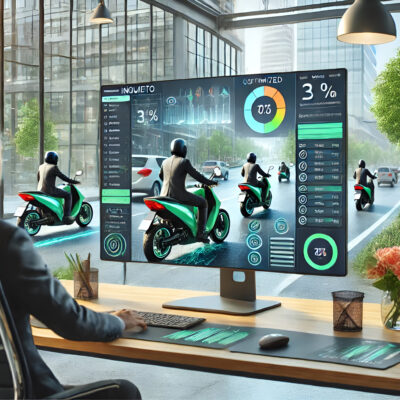The circular economy in the automotive industry seeks to transform the traditional linear model of production and consumption towards a more sustainable approach. And how can this be achieved? Promoting the reuse, recycling and extension of the working life of vehicles and their components, as is the case of batteries in electric vehicles.
Automotive companies are adopting strategies that go beyond conventional manufacturing, incorporating practices such as modular design, remanufacturing and end-of-life material recovery for automobiles. This approach helps reduce waste and pollution as well as encourage innovation in the production and development of more efficient technologies.
Hence, the transition towards a circular economy in the automotive industry is not only a response to environmental challenges, but also an opportunity to create more sustainable, resilient business models in the long-term.
The challenge for 2024 in the automotive industry is to consolidate the circular economy. This involves overcoming obstacles and establishing sustainable practices, especially in the field of electric vehicles. Efficient waste management, promoting advanced recycling and integrating the circular economy throughout the entire value chain are key goals. The collaboration between industry, regulators and society will be essential to move towards a more circular, responsible automotive approach.
Electric vehicle batteries: recycling and reuse
The recycling of electric vehicle batteries is a fundamental pillar in the transition towards a circular economy in the industry. And the fact of the matter is that batteries, at the end of their working life, which can become significant sources of waste, become valuable resources if the appropriate practices are followed.
The use of materials such as lithium, cobalt and nickel through advanced recycling techniques reduces dependence on raw materials whilst mitigating the environmental impact associated with the extraction of these elements. By driving forward circularity, battery recycling promotes sustainability and economic efficiency by closing the life cycle of these key components in electric mobility.
Investment in more efficient technologies for recycling and reusing electric vehicle batteries has become essential in 2024. A strategy that seeks to reduce the need for new materials and that plays a crucial role in minimising the pollution associated with the production and extraction of resources. By promoting advanced recycling methods, more sustainable management of the key components of electric mobility is promoted, paving the way towards a circular economy.
Modular design for removable, replaceable systems
Modular design involves the creation of components and systems that are easily removable and replaceable, allowing greater flexibility and the extension of the working life of vehicles. Instead of regarding cars as monolithic units, modular design makes it easier to repair, upgrade and adapt different parts of the vehicle separately.
This modularity not only simplifies maintenance, reducing associated expenses, but it also encourages the reuse of components, thereby contributing to the minimisation of waste and the promotion of sustainability throughout the value chain.
Remanufacturing: restoring performance and quality
Remanufacturing is a transformative practice that goes beyond mere conventional repair. The process involves exhaustively dismantling and rebuilding components and systems, restoring performance and quality that are comparable to the originals. Instead of throwing away worn parts, remanufacturing seeks to revitalise and reintroduce crucial elements onto the market, lengthening their working life.
This approach not only reduces the demand for new resources, but it also significantly decreases the amount of waste generated by the industry.
Innovation and technological development
The consolidation of the circular economy in the electric vehicle industry requires a renewed focus on innovation and technological development in 2024. Automotive companies are already allocating significant resources to the research and development of technologies that optimise the reuse and recycling of components, particularly batteries. Strategies such as the implementation of advanced modular design and the adoption of more sustainable materials drive forward efficiency and sustainability throughout the production chain.
Furthermore, the promotion of the circular economy requires greater integration of advanced technology in waste management. Advanced tracking and monitoring systems allow the accurate tracking of the life cycle of vehicles and their components, facilitating the identification of opportunities for reuse.
Education and raised awareness for sustainable transformation
On the path towards a circular economy in the production and marketing of electric vehicles, education and raised awareness play a fundamental role. Both consumers and industry professionals need to understand the importance of sustainable resource management and the adoption of circular practices. Educational programmes, raising awareness campaigns and the dissemination of accurate information on the environmental and economic benefits of the circular economy are essential to create a collective mindset geared towards sustainability.
A further challenge which, along with the others mentioned throughout the post, face us during the course of 2024.





